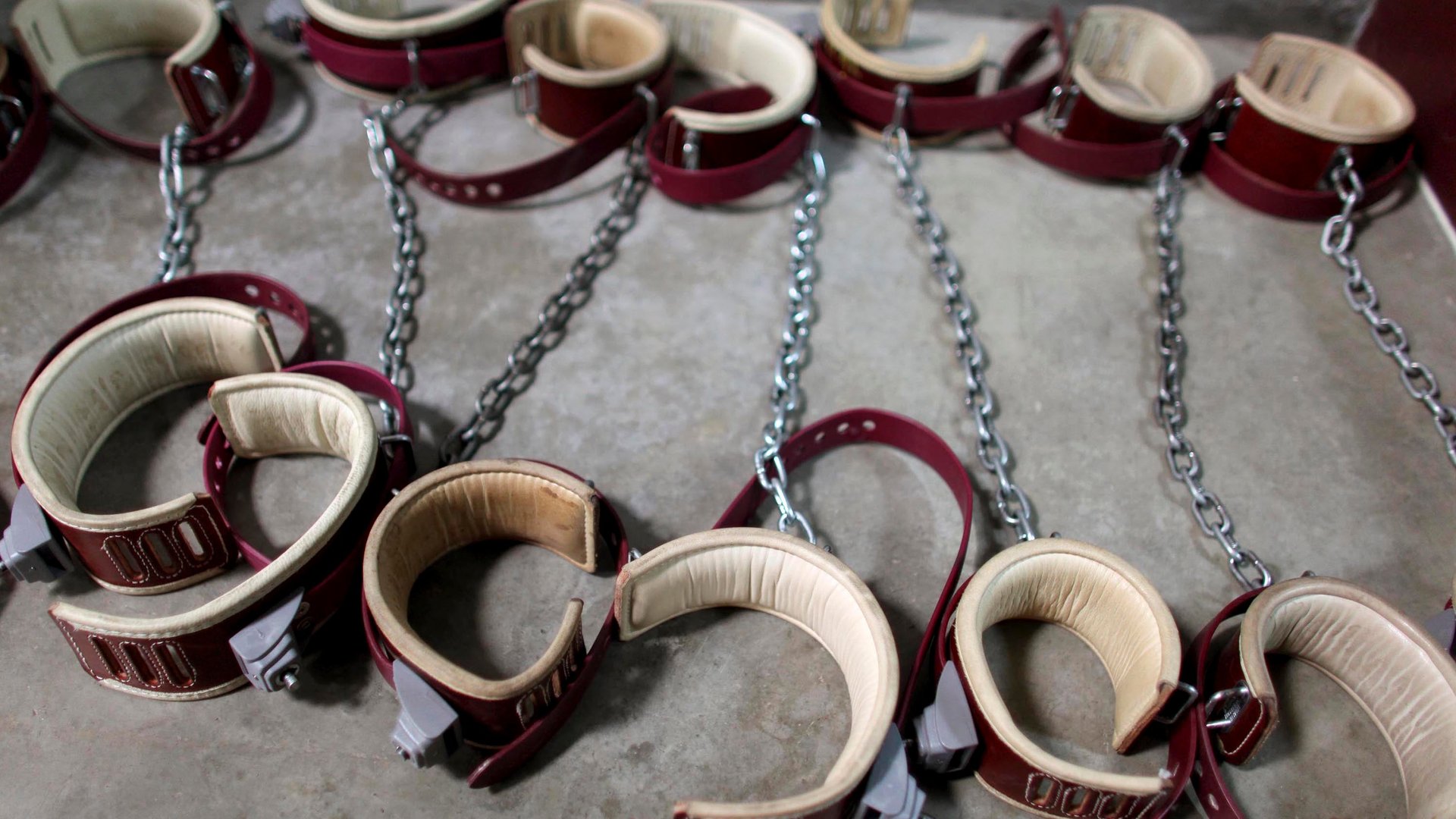The CIA’s latest dump of declassified documents makes clear how far the US has come on torture
More than two years ago, on December 13, 2014, the Senate Select Committee on Intelligence released its exhaustive, five-year, $40 million study on the ins-and-outs of the CIA’s former enhanced interrogation program. The report, to put it mildly, was a bombshell and the biggest public embarrassment for the intelligence community since the Iraq WMD fiasco.


More than two years ago, on December 13, 2014, the Senate Select Committee on Intelligence released its exhaustive, five-year, $40 million study on the ins-and-outs of the CIA’s former enhanced interrogation program. The report, to put it mildly, was a bombshell and the biggest public embarrassment for the intelligence community since the Iraq WMD fiasco.
The roughly 500-page executive summary was a shot across the bow of the CIA leadership, explaining in gut-wrenching detail the waterboarding, facial-slapping, walling, and cramped confinement that terrorist suspects in US custody experienced on a near daily basis. And as it turns out, those techniques were largely useless according to the report: “The Committee finds, based on a review of CIA interrogation records, that the use of the CIA’s enhanced interrogation techniques was not an effective means of obtaining accurate information or gaining detainee cooperation.”
Courtesy of the American Civil Liberties Union, the New York Times, and the Washington Post, additional information has been released to the public about the interrogation program that created such an outcry that the CIA is still trying to fully recover from the stink of what any impartial observer of the program would call torture.
Indeed, ten years since the CIA stopped using waterboarding on detainees and eight years since former president Barack Obama ordered the closure of the agency’s black sites, the new documents expose in meticulous detail how systemic the waterboarding and walling sessions were—and how the two psychologists who designed the interrogation plans were increasingly distrusted by their colleagues.
The dossier published by the New York Times last week is a stark comparison between the step-by-step bureaucratic language that CIA interrogators used to describe their sessions with Al-Qaeda detainees Abu Zubaydah and Abd al-Rahim al-Nashiri and the harrowing, first-person description that both men provided to their lawyers about that experience.
After reading the 28 pages of internal CIA communications, you’ll quickly discover a pattern of intensive confinement in small boxes for hours at a time, stress positions for hours at a time, physical berating sprinkled with the most basic questions that an interrogator could ask, and finally the use of the waterboard. After the waterboard is utilized, the detainee is led back into the “large confinement box” for several hours for a break—that is, of course, if you consider being cramped into a dark box, chained, and unable to move, a break. It’s all a very sinister exercise, one that was that blessed by the Bush administration’s Justice Department as perfectly legal since Al-Qaeda detainees didn’t have protections under the Geneva Convention.
There really aren’t words to accurately describe how the enhanced interrogation program was administered, so here is an excerpt:
“Subject was elevated as necessary in order to clear his air passage. Subject continued to whimper. The interrogators told subject that they had been patient while talking to him for several days, that it was time to say the truth, that we wanted to know what he knew when he was captured, and what he knew that Mukhtar was up to. Subject responded that if he knew the target, he would have told them. Subject raised his own plan of using remote control devices. The interrogators stopped subject’s denials and applied the water treatment, and told subject that they would not let subject drown, and that unless he provided the information, he had better get used to it. Subject continued crying and whimpering.”
Needless to say, after fifteen days of administering these types of techniques, the CIA team on the ground reported to headquarters that it was their assessment that Zubyadah didn’t possess any additional information that would be useful to US counterterrorism officials. Four years after these techniques were applied, he would be transferred to Guantanamo for indefinite detention. Last August, Zubaydah pleaded for his release, but the Periodic Review Board would rule less than a month later that Zubaydah will remain behind bars, citing his “past involvement in terrorist activity to include probably serving as one of Usama bin Laden’s most trusted facilitators.”
To its credit, the CIA—indeed the US government at large—has come a long way from those early days in 2002 and 2003, when holding prisoners in a dark cell for hours on end was just the normal cost of doing the nation’s dirty business of preventing the next terrorist attack on the US homeland. The agency has learned an incredible deal from its recent history, the least of which is that torturing men under its custody for information that the prisoners didn’t possess to begin with is a public relations fiasco and directly contrary to the values that Washington hopes to instill in other societies around the world.
If the latest cache of documents provides a lesson for US national security officials, it is this: Emotion should never trump cold-hearted reason. Before making a decision that may be difficult to take back, think about the strategic and reputational consequences that the decision may have. Because if the decision proves to be the wrong one, the agency that you work for and the country that you seek to defend may not recover for a very long time.